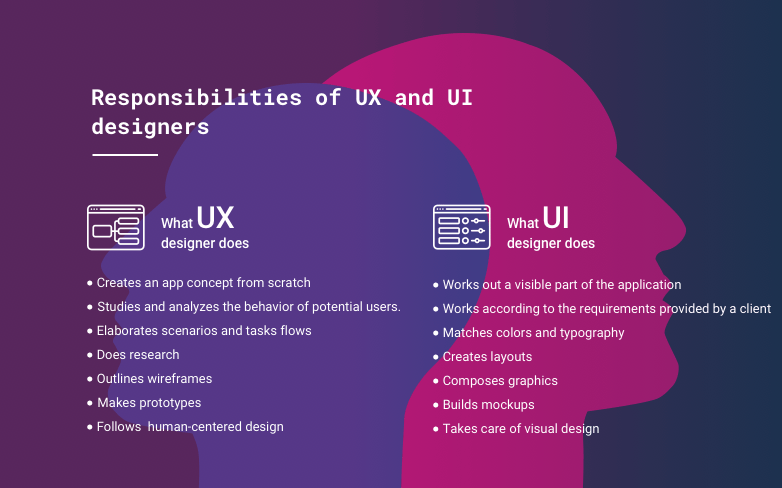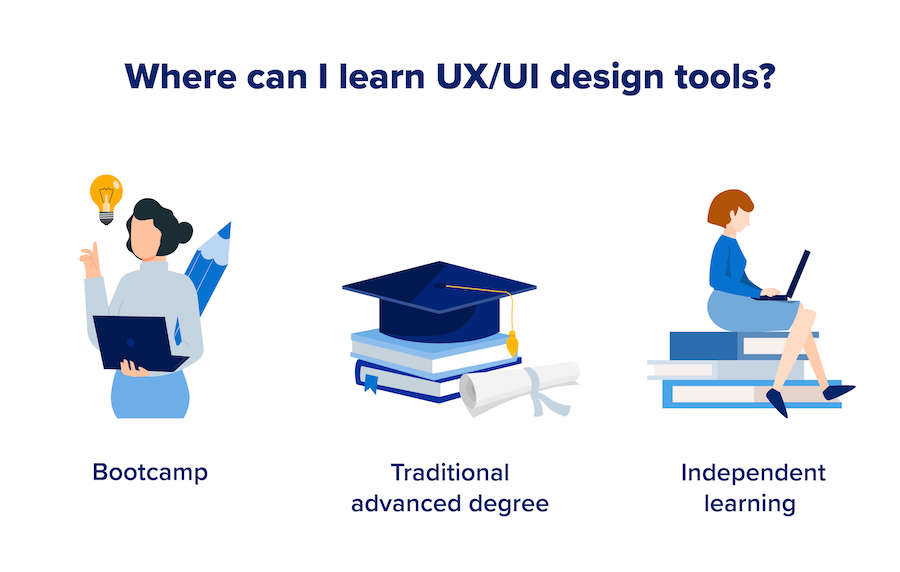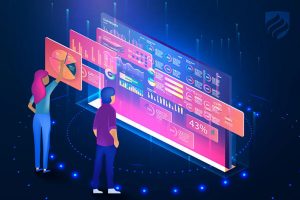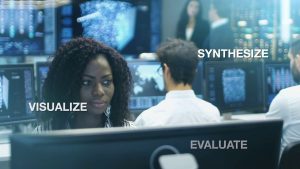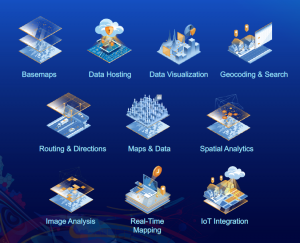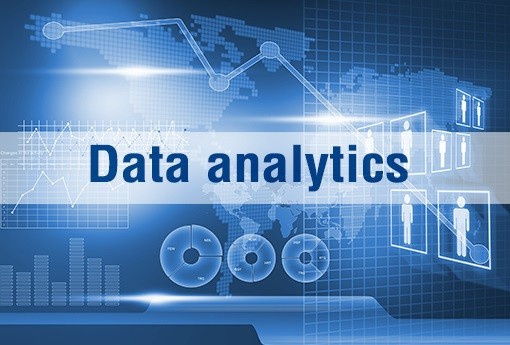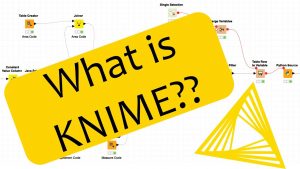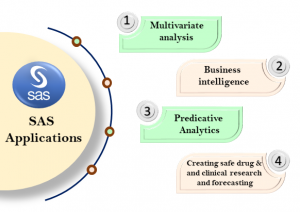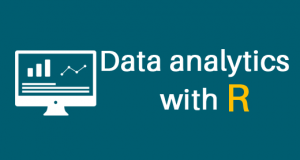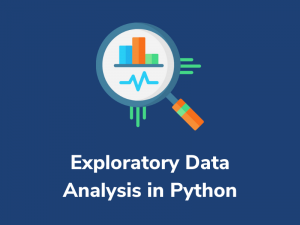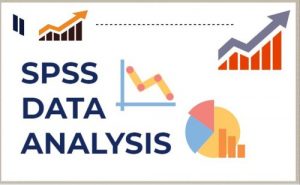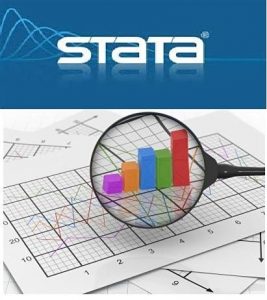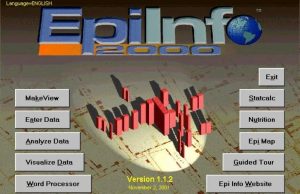Artificial intelligence is an enormous branch of computer science concerned with constructing and building smart machines capable of performing tasks that typically require human intelligence. Artificial intelligence is the ability of a computer or a robot controlled by a computer to do tasks that are usually performed by humans because they require human intelligence and discernment. On the other hand, robotics is the branch of technology that deals with the design, construction, operation, and application of robots, as well as computer systems for their control, sensory feedback, and information processing. The goal of robotics is to design intelligent machines that can help and assist humans in their day-to-day lives and keep everyone safe. It is very necessary for you to enroll in the artificial intelligence and robotics training in Abuja, Nigeria because, Abuja Data School will be engaging you fully in the world of artificial intelligence and robotics.
In this training in Abuja Data School, you will also explore use cases and applications of artificial intelligence and robotics, understand artificial intelligence and robotics concepts and terms like machine learning, deep learning and neural networks. You will be exposed to various issues and concerns surrounding artificial intelligence and robotics, and get advice from experts about learning and starting a career in AI. Abuja data school will be teaching you how to use the necessary tools pertaining to this field of technology. Abuja data school will also be letting you know the career prospects you can engage in or fit yourself into. Technology of course is now a major stronghold of today’s world, most businesses and companies now have to install computers and robots in order to ease their stress of work. Definitely, in one way or the other, there is a cogent need for you to undergo the artificial intelligence and robotics training in Abuja, Nigeria.
Major strongholds of artificial intelligence and robotics
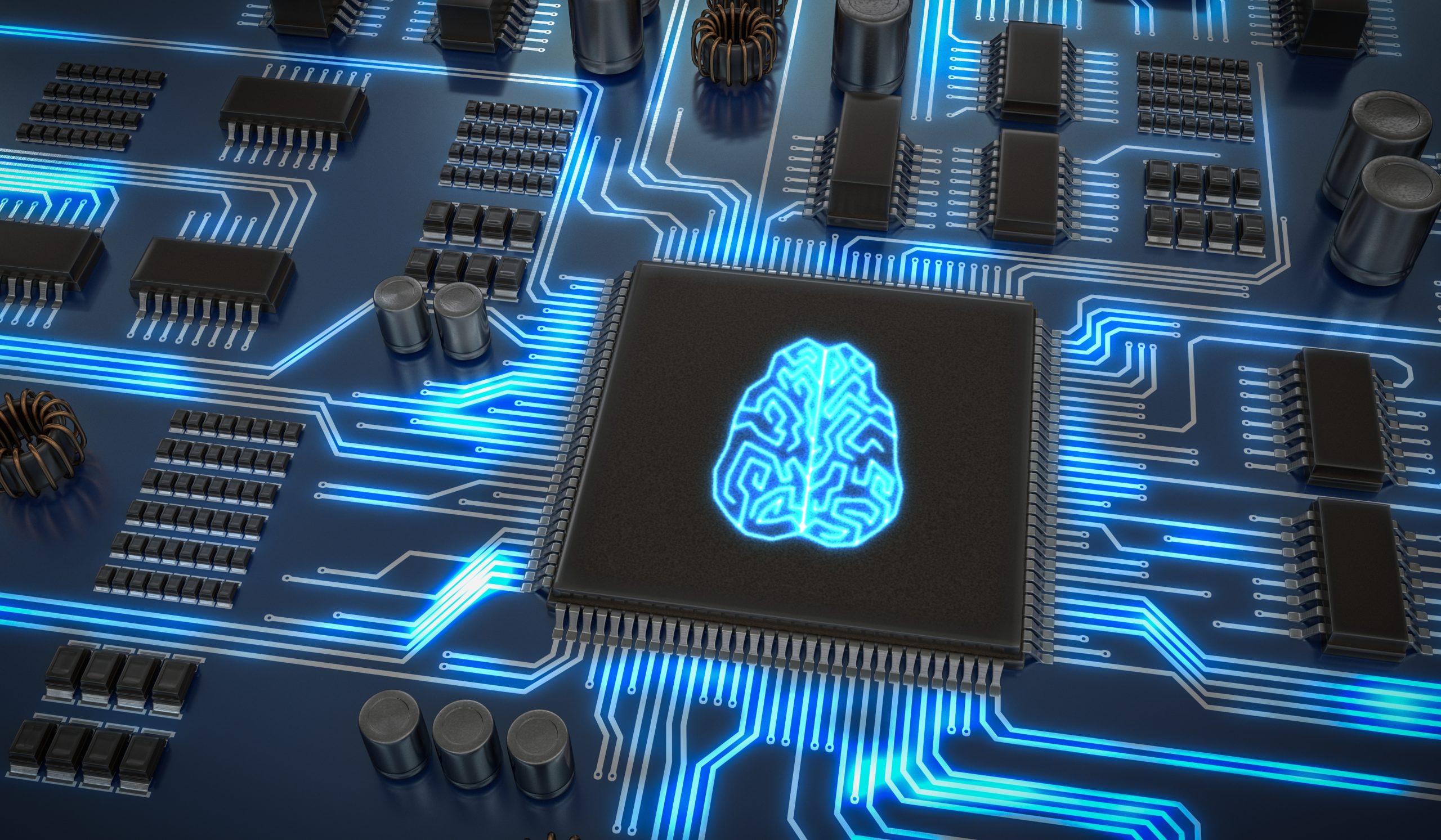
Here, we will be talking about the major parts of artificial intelligence and robotics. In other words, they are major branches guiding the field of artificial intelligence and robotics.
Machine Learning
Machine learning is a type of artificial intelligence that allows software applications to become more accurate at predicting outcomes without being explicitly programmed to do so. Machine learning algorithms use historical data as input to predict new output values. Machine learning is used in cases of fraud detection, spam filtering, malware threat detection, business process automation and predictive maintenance. Machine learning is important because it gives businesses and organizations a view of trends in customer behavior and business operational patterns, as well as supports the development of new products. Many of today’s leading companies make machine learning a central part of their operations. Machine learning has become a significant competitive differentiator for many companies. The artificial intelligence and robotics training in Abuja Data School will be engaging you into machine learning and its applications.
Deep Learning
Deep learning is a type of machine learning and artificial intelligence that imitates the way humans gain certain types of knowledge. Deep learning is an important element of data science, which includes statistics and predictive modeling. It is extremely beneficial to data scientists who are tasked with collecting, analyzing and interpreting large amounts of data, deep learning makes this process faster and easier.
Artificial Neural Network
An artificial neural network (ANN) is a system of hardware and/or software patterned after the operation of neurons in the human brain. They are usually simply called neural networks, they are computing systems inspired by the biological neural networks that constitute brains. Artificial neural network is based on a collection of connected units or nodes called artificial neurons, which loosely model the neurons in a biological brain. Applications of these technologies generally focus on solving complex signal processing or pattern recognition problems. Examples of significant commercial applications include handwriting recognition for check processing, speech-to-text transcription, oil-exploration data analysis, weather prediction and facial recognition.
Tools used for artificial intelligence and robotics
Scikit-learn
Scikit learn is the most useful and robust library for machine learning in Python. It provides a selection of efficient tools for machine learning and statistical modeling including classification, regression, clustering and dimensionality reduction via a consistent interface in Python. Machine learning applications built with scikit-learn include financial cybersecurity analytics, product development, neuroimaging, barcode scanner development, medical modeling and help with handling Shopify inventory issues.
Tensor flow
Among the various open-source platforms, TensorFlow stands amongst the most widely and well-versed tools for machine learning and deep learning. With its various features, it retains the versatility to operate in different use case scenarios. Tensorflow is an open-source library for numerical computation and large-scale machine learning that ease Google Brain TensorFlow, the process of acquiring data, training models, serving predictions, and refining future results. Tensorflow bundles together Machine Learning and Deep Learning models and algorithms. Tensor flow is also applied in the areas of speech recognition systems, image/video recognition and tagging, self-driving cars, text summarization and sentiment analysis.
Theano
The Theano is folded over the Keras. Keras is a Python library moderately that allows profound discovery that runs on the Tensorflow or the Theano. Theano was made to create models of profound learning and make them simple and quick to be feasible to put into some innovative work.
MxNet
MxNet allows using a forgetful back prop to trade the computations time in return for memory. This is particularly useful in the case of a recurrent net that is in a long sequence. The tool has been built to ensure scalability, and it is easy to support the multi-machine and multi-GPU training. It is equipped with features like writing the custom layers in a high-level language.
Keras
If you like python and the way it does things, then Keras is just what you need. This is a high-end library that takes care of neural networks, which it does, making use of Theano and Tensorflow that is used in the backend. It picks up the architecture that applies to particular problems. It assists in recognizing problems through images which use weights. It configures a network for result optimization. Keras offers a very abstract structure that can be converted to any other framework for performance or compatibility.
PyTorch
PyTorch is an optimized tensor library primarily used for Deep Learning applications using GPUs and CPUs. It is an open-source machine learning library for Python, mainly developed by the Facebook AI Research team. It is one of the widely used Machine learning libraries.
Career prospects in artificial intelligence and robotics

Abuja data school will also be taking you through the career prospects you can fit into, after being equipped with the skill of artificial intelligence and robotics in the artificial intelligence and robotics training in Abuja, Nigeria. Below are some examples of jobs common for skilled people with knowledge in artificial intelligence and robotics, including a brief job description of each role.
Machine Learning Engineer
The main responsibilities of a machine learning engineer are the following: Running machine learning experiments using a programming language with machine learning libraries. Deploying machine learning solutions into production. Optimizing solutions for performance and scalability.
Data Scientist
The data scientist does the work of selecting features, building and optimizing classifiers using machine learning techniques. Data mining using state-of-the-art methods. Extending company’s data with third party sources of information when needed. Enhancing data collection procedures to include information that is relevant for building analytic systems. Processing, cleansing, and verifying the integrity of data used for analysis.
Research Scientist
The research scientist does the work of solving research problems that we don’t have solutions for today. Participating in cutting edge research in machine intelligence and machine learning applications. Prototyping, implementation, measurement, and iteration.
Business Intelligence Developer
The main responsibilities of a business intelligence developer are the following: Designing, modeling, building, and maintaining data for complex, extensible and highly scalable cloud based data platforms. Creating and maintaining the Enterprise Data Model at the Conceptual, Logical and Physical Level. Defining standard metrics and measures while establishing data security, quality, load, transport and performance models.
Big Data Engineer
The main responsibilities of a big data engineer are the following: Selecting and integrating any Big Data tools and frameworks required to provide requested capabilities. Implementing ETL process. Monitoring performance and advising any necessary infrastructure changes. Defining data retention policies.
Software Developer
The main responsibilities of a software developer are the following: Reviewing current systems. Presenting ideas for system improvements, including cost proposals. Working closely with analysts, designers and staff. Producing detailed specifications and writing the program codes. Testing the product in controlled, real situations before going live. Preparation of training manuals for users. Maintaining the systems once they are up and running.
Robotics programmer
The robotics programmer writes lines of codes in order to communicate with the robot and tell it to perform specific tasks.
Why you need to enroll in the artificial intelligence and robotics training in Abuja, Nigeria.
If you equip yourself with the artificial intelligence and robotics skills, it will be a life changing skill for you. You can now build computer applications or robots that can help you perform several tasks in your business or organization, saving a lot of stress and time and also minimizing human error. You will definitely be a ‘hot cake’, and can therefore be easily employed in vast areas of the tech field.







